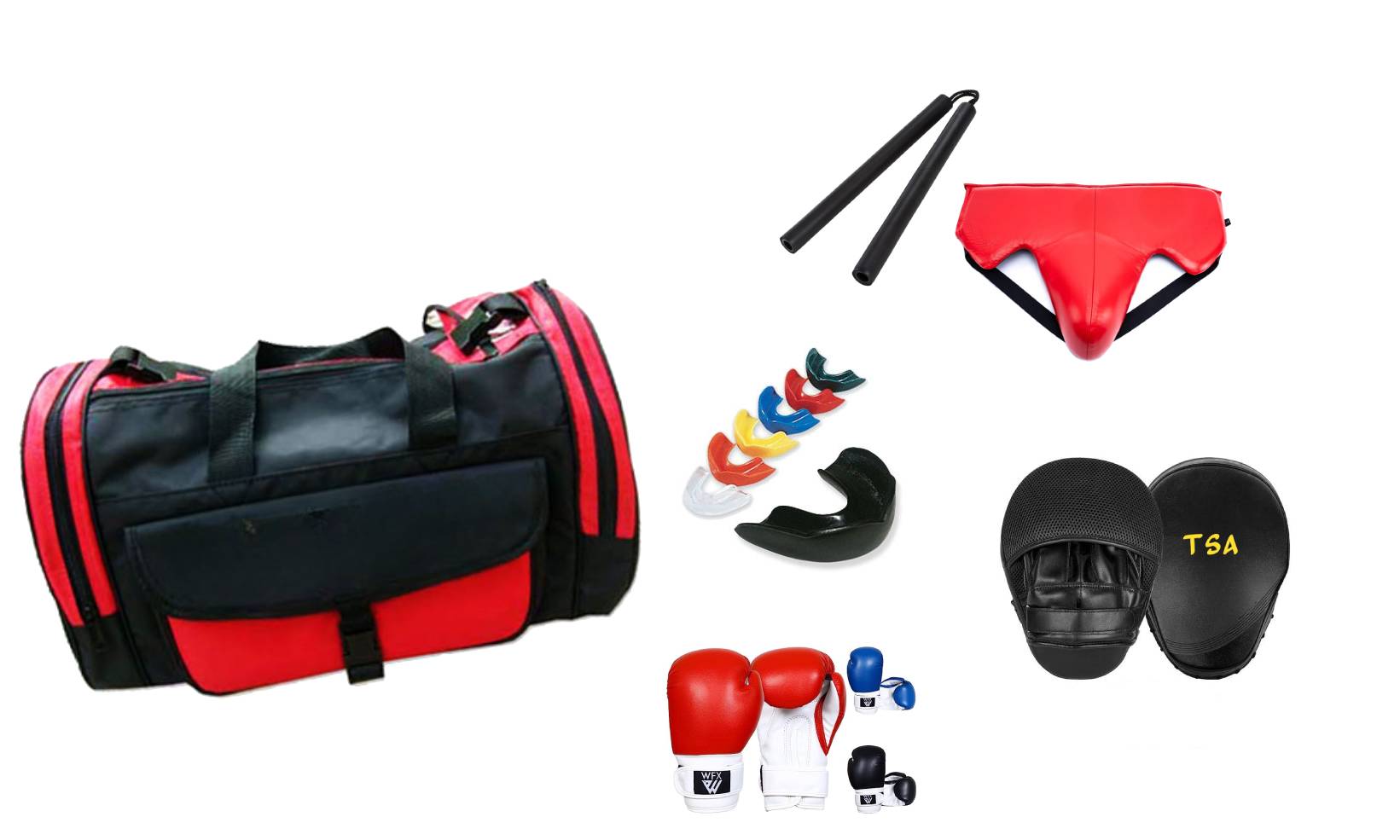Initiating your adventure in martial arts can be an exhilarating experience and overwhelming. With so many styles to pick, and different techniques to learn, it’s crucial to prepare yourself with the right martial arts gear. The suitable equipment not only boosts your training experience but also helps ensure your safety and performance in sessions. Whether you are a beginner stepping onto the floor for the very first time or a seasoned practitioner looking to improve your gear, understanding what to look for can make a significant difference in your progress.
Selecting the right martial arts equipment is not just about aesthetics or brand names; it’s about discovering gear that fits your unique necessities and training goals. From attire and protective equipment to training tools and accessories, identifying what to focus on will help you form informed determinations. In this document, we will explore the essential points for picking the perfect martial arts gear that suits your style, level, and aspirations on your martial arts journey.
Fundamental Equipment for Novices
When embarking on your martial arts journey, selecting the right gear is crucial for both comfort and safety. Newcomers should focus on a well-fitted uniform, often referred to as a gi or hakama, depending on the style. This clothing not only allows for freedom of motion but also helps you feel like part of the group as you train. Selecting the right size is important; a uniform that is too snug can limit movement, while one that is too baggy may hinder during training.
Safety equipment is another vital consideration for those just starting out. Depending on the style, you may need items such as mouthguards, shin protectors, and gloves. These pieces of equipment help prevent injuries during fighting and drills. When choosing protective gear, ensure it fits properly and is made from durable materials that can handle the rigors of practice. Always consult with your coach to learn the specific requirements for your style.
Footwear can differ based on the discipline you are training in. Some styles require naked feet, while others may allow specialized footwear that offer grip and stability. For novices, it's important to check the protocols of your dojo before making a decision. If shoes are allowed, look for those designed for martial arts, as they provide the necessary support without hindering foot movement.
Picking Equipment for the Different Styles of Martial Arts

When selecting martial arts supplies, it's important to think about the unique demands of the style you are practicing. For striking arts such as Muay Thai, you will need boxing gloves that provide maximum protection and support for both your hands and your sparring partners. Look for ventilated topstar-sports.com , hand wraps to prevent injuries, and shin pads if your training includes strikes. The caliber of the equipment can significantly influence your capabilities and safety during training.
In comparison, grappling arts like Brazilian Jiu-Jitsu or Judo require alternative types of supplies. Gi uniforms are typical in these styles and should be sturdy enough to withstand the rigors of ground fighting and practice. You will also want to invest in a good martial arts belt, as it signifies your level and serves as an integral part of your training clothing. Additionally, take into account protective equipment such as knee pads or mouth guards to protect against injuries during practice.
For MMA practitioners, a combination of stand-up and grappling-related gear is essential. This includes boxing gloves, shin pads, and a strong mouthguard, alongside a rash guard and shorts designed for grappling. The adaptability of your gear is crucial, as MMA training often involves transitioning between different techniques and styles within a single session. Choosing the appropriate martial arts equipment tailored to your particular discipline can greatly enhance your training experience and performance.
Care and Maintenance for Your Martial Arts Practice Gear
Taking care of your martial arts gear is crucial for ensuring its longevity and preserving peak performance. Start by regularly inspecting your kit for any signs of damage, such as worn seams on attire, cracks in protective equipment, or wear in training aids. Addressing these issues early can avert further damage and ensure that you remain safe while training.
Washing your martial arts gear is another crucial aspect of maintenance. Depending on the type of gear, you may need to wash your attire and grappling equipment after each training session to remove sweat, bacteria, and odors. For hard gear like pads and helmets, use a damp cloth with mild soap to wipe down surfaces. Always follow the manufacturer's recommendations for washing and caring for your items to avoid damage.
Finally, proper keeping of your martial arts gear can significantly extend its lifespan. Keep your gear in a temperature-controlled, dry place, away from direct sunlight or excessive moisture that could cause damage. Consider using specialized bags or boxes for every kind of gear, which not only keeps your items organized but also protects them from dust and scratches when not in use. Being proactive about upkeep and care will help you get the most out of your martial arts journey.
